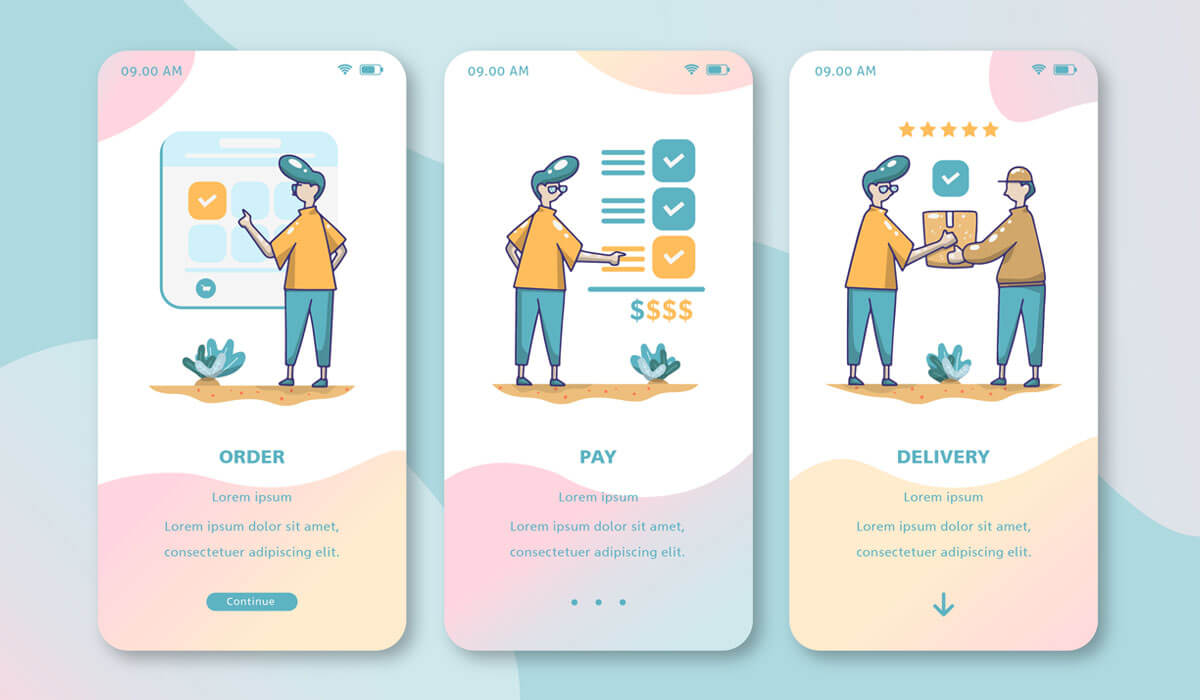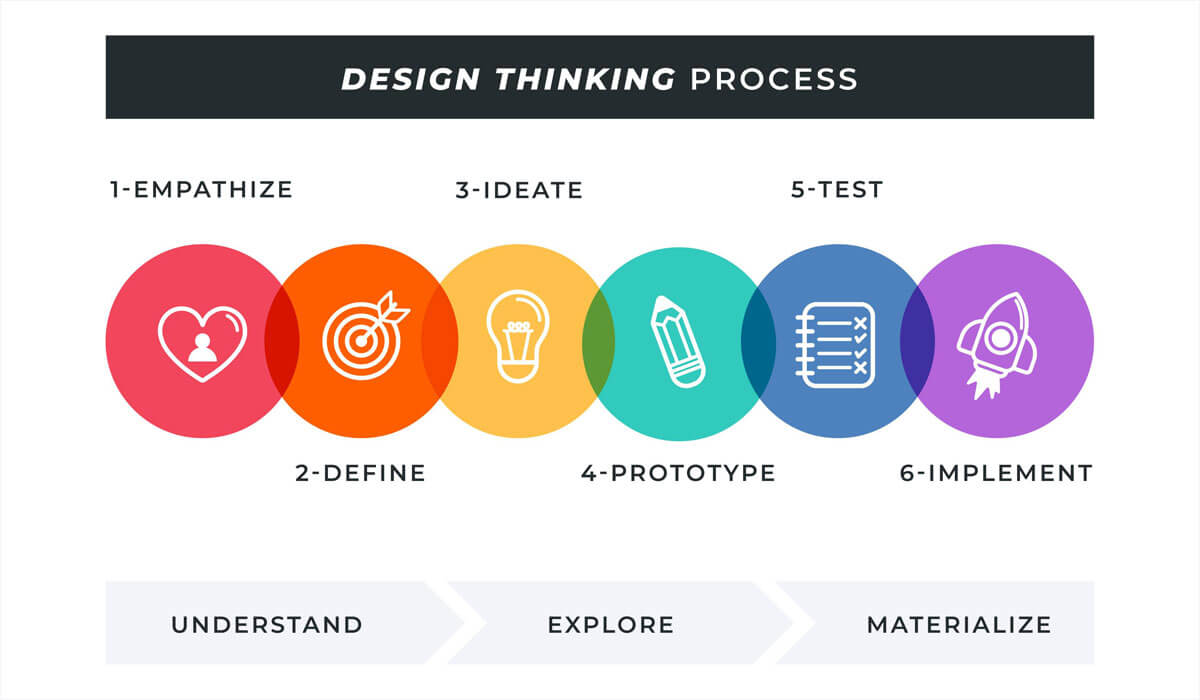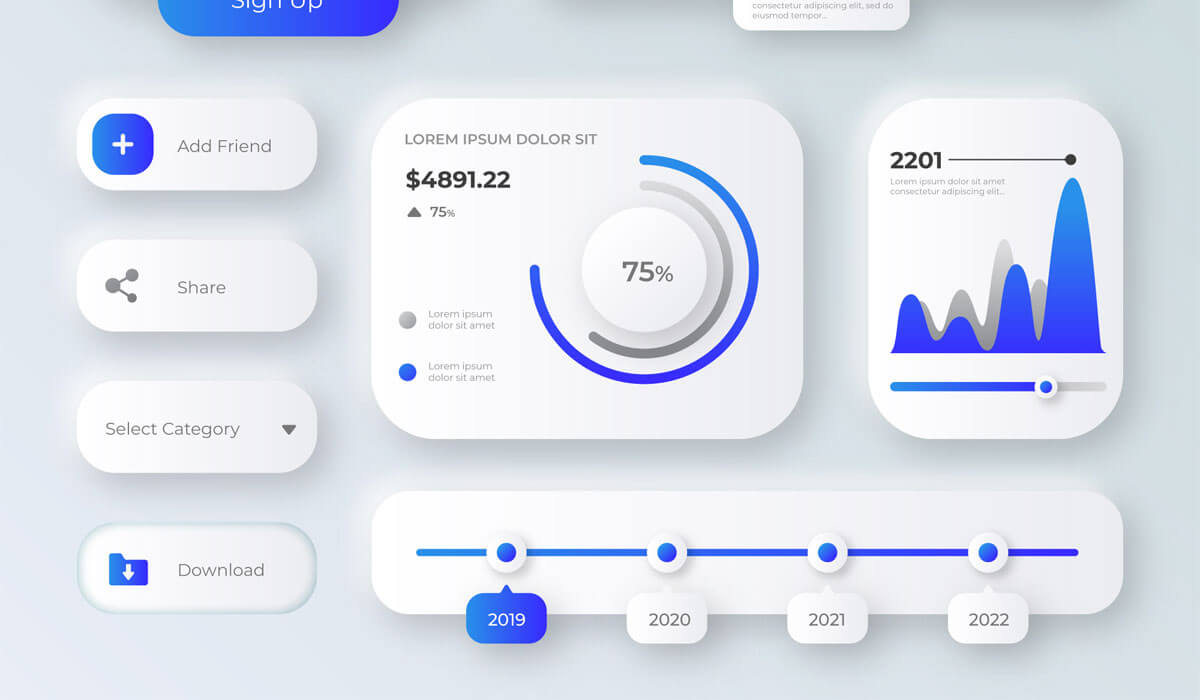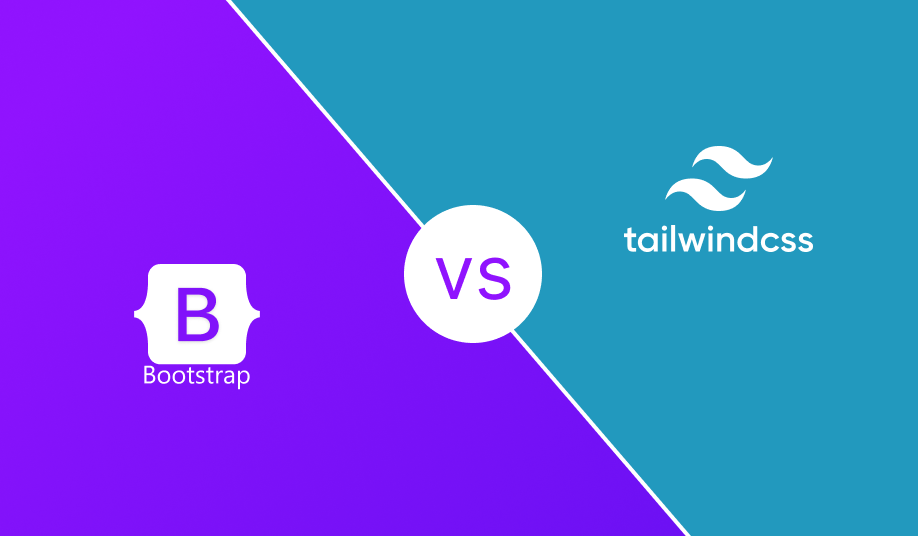What is UX Research methods?
Verified

User experience (UX) research methods are a set of
techniques and processes that UX researchers use to collect and analyze data
about users and their experiences with a product or service. These methods help
UX researchers to gain insights into how users interact with a product or
service, identify usability issues, and make informed design decisions. Here
are some common UX research methods:
User interviews:
User interviews involve talking to users and asking them questions about their
experiences with a product or service. Interviews can be conducted in person,
over the phone, or online.
Focus groups:
Focus groups involve bringing together a group of users to discuss their
experiences with a product or service. Focus groups are often used to gather
feedback on new product ideas or prototypes.
Surveys: Surveys
involve collecting data from a sample of users through questionnaires or online
forms. Surveys can be used to gather feedback on a wide range of topics, such
as usability, satisfaction, and brand perception.
Usability testing:
Usability testing involves observing users as they interact with a product or
service and identifying usability issues. Usability testing can be conducted in
a lab or in the field and can involve a variety of techniques, such as
think-aloud protocols and eye-tracking.
Card sorting:
Card sorting involves asking users to categorize items or features in a product
or service. Card sorting can help UX researchers to understand how users
organize and prioritize information.
A/B testing: A/B
testing involves comparing two versions of a product or service to see which
performs better with users. A/B testing can be used to optimize a product or
service for usability and user satisfaction.
Diary studies:
Diary studies involve asking users to keep a journal of their experiences with
a product or service over a period of time. Diary studies can provide in-depth
insights into how users interact with a product or service in their daily
lives.
There are many other UX research methods available, and UX
researchers often use a combination of methods to gain a comprehensive
understanding of users and their experiences with a product or service. The
choice of research method depends on the research question, the stage of the
design process, and the resources available for the study.
How do I
start a UX research process?
Starting a UX research process can seem overwhelming, but
here are some steps to get you started:
Define your research
goals: Start by defining what you want to learn from your research. What
questions do you want to answer? What do you hope to achieve through your
research? This will help you to focus your research and ensure that you're
collecting the right data.
Identify your user
group: Identify the specific user group you want to research. Who are they?
What are their needs and behaviors? This will help you to tailor your research
methods and questions to the specific user group.
Choose your research
methods: Select the research methods that are best suited to your research
goals and user group. This might include user interviews, surveys, usability
testing, or other methods.
Recruit participants:
Recruit participants who match your user group and are willing to participate
in your research. This can be done through social media, online communities, or
by partnering with a recruiting agency.
Conduct your research:
Conduct your research using the methods you've selected. Be sure to take
detailed notes and record your observations to capture as much information as
possible.
Analyze your data:
Once you've collected your data, analyze it to identify patterns, trends, and
insights. This will help you to draw conclusions and make informed design
decisions.
Use your findings to
inform your design: Use your research findings to inform your design
decisions. This might involve making changes to your product or service to
better meet user needs, or refining your design to improve usability and user
satisfaction.
Remember, the UX research process is iterative, and you may
need to repeat steps or adjust your approach based on your findings. The key is
to stay flexible and focused on your research goals.
What is the
best UX research method?
There is no single "best" UX research method
because the choice of research method depends on the research question, the
stage of the design process, and the resources available for the study. Each
research method has its own strengths and limitations, and the most effective
method will depend on the specific goals and constraints of the study.
For example, if the research question is focused on
identifying usability issues with a product or service, then usability testing
may be the most effective method. If the research question is focused on
gathering in-depth insights into the needs and behaviors of users, then user
interviews or diary studies may be more appropriate.
In general, it's often useful to use a combination of
research methods to gain a comprehensive understanding of users and their
experiences with a product or service. This approach can help to triangulate
findings and provide a more complete picture of user needs and behaviors.
Ultimately, the most important factor in selecting a UX
research method is to ensure that the method is aligned with the research goals
and can provide actionable insights that can inform design decisions.
What is
qualitative vs Quantitative UX research methods?
Qualitative and quantitative UX research methods are two
different approaches to collecting and analyzing data in UX research.
Qualitative research methods involve collecting
non-numerical data through methods such as user interviews, focus groups, and
observations. The goal of qualitative research is to gain a deep understanding
of user needs, behaviors, and preferences. Qualitative data can provide
insights into the "why" behind user behavior, and can be used to
generate hypotheses and ideas for improving a product or service.
Quantitative research methods involve collecting numerical
data through methods such as surveys, analytics, and A/B testing. The goal of
quantitative research is to measure and quantify user behavior, attitudes, and
preferences. Quantitative data can provide statistical evidence to support or
refute hypotheses, and can be used to make data-driven design decisions.
Here are some key differences between qualitative and
quantitative UX research methods:
Data collection:
Qualitative research involves collecting non-numerical data through methods
such as interviews, observations, and focus groups, while quantitative research
involves collecting numerical data through methods such as surveys, analytics,
and A/B testing.
Sample size:
Qualitative research typically involves smaller sample sizes, while quantitative
research can involve larger sample sizes.
Data analysis:
Qualitative data is typically analyzed through coding and thematic analysis to
identify patterns and themes, while quantitative data is typically analyzed
using statistical methods.
Goal: The goal of
qualitative research is to gain a deep understanding of user needs, behaviors,
and preferences, while the goal of quantitative research is to measure and
quantify user behavior, attitudes, and preferences.
Both qualitative and quantitative research methods have
their own strengths and limitations, and the choice of method will depend on
the specific research goals and constraints. In practice, many UX research
studies use a combination of both qualitative and quantitative methods to gain
a more comprehensive understanding of user needs and behaviors.
What are
the different types of UX design methods?
There are several different types of UX design methods that
designers can use to create effective user experiences. Here are some common UX
design methods:
User research:
User research methods, such as user interviews, focus groups, and surveys, are
used to gain insights into user needs, behaviors, and preferences. This
information can help designers create products and services that meet user
needs and expectations.
User personas:
User personas are fictional characters that represent the different types of
users who will interact with a product or service. User personas help designers
to empathize with users and create designs that are tailored to their specific
needs.
Information
architecture: Information architecture involves organizing information in a
way that makes it easy for users to find and access. This can involve creating
a site map, navigation structure, and labeling system that is intuitive and
easy to use.
Wireframing:
Wireframing involves creating a low-fidelity prototype of a product or service
that outlines the basic layout and functionality. This can help designers to
test and refine their design ideas before moving on to more detailed
prototypes.
Prototyping:
Prototyping involves creating a high-fidelity model of a product or service
that closely resembles the final design. Prototyping can help designers to test
and refine their designs with users and identify any usability issues before
launching the product or service.
Usability testing:
Usability testing involves observing users as they interact with a product or
service and identifying any usability issues or areas for improvement.
Usability testing can help designers to create designs that are easy to use and
meet user needs.
Visual design:
Visual design involves creating the visual elements of a product or service,
such as color, typography, and layout. Visual design is important for creating
a cohesive and visually appealing user experience.
These are just a few of the many UX design methods that
designers can use to create effective user experiences. The choice of method
will depend on the specific goals and constraints of the design project.
What is the
difference between UX research and design research?
UX research and design research are both important parts of
the design process, but they serve different purposes.
UX research is focused on understanding users and their
needs and behaviors, and using that understanding to inform the design of a
product or service. UX research can involve a range of methods, including user
interviews, surveys, usability testing, and analytics. The goal of UX research
is to gather insights that will inform design decisions and create products
that meet user needs and expectations.
Design research, on the other hand, is a broader term that
encompasses research related to the entire design process. This can include
research on the business context, market trends, and user needs, as well as
research on design tools and methods. The goal of design research is to ensure
that the design process is informed by data and insights, and to create
products that are both effective and efficient.
While there is some overlap between UX research and design
research, the main difference is that UX research is focused specifically on
understanding users and their needs, while design research takes a more
holistic view of the design process. Both types of research are important for
creating effective and user-friendly products, and they are often used in
combination to inform design decisions.






_(1).png)